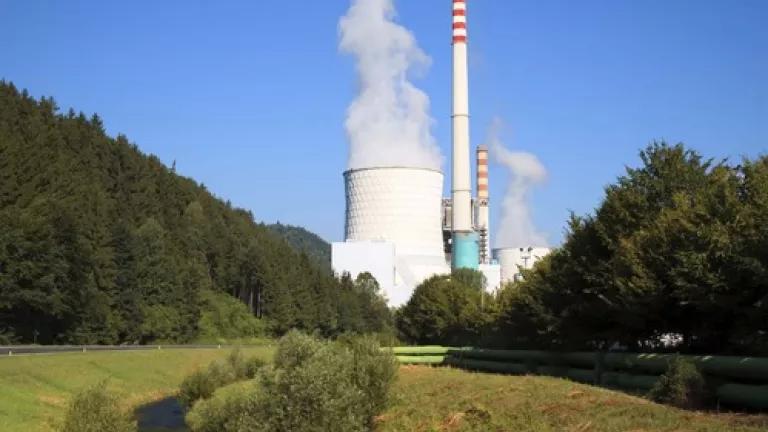
Among all the things that we use less of today than in 1970 – paper maps, postage stamps, and cameras without a phone are some of the items that immediately come to mind – water is the next thing that should be added to that list, according to the newest report released by the U.S. Geological Survey (USGS). The report finds that as of 2010, U.S. water use is at its lowest since almost 40+ years ago.
The latest data reveal that in 2010, the U.S. used about 13% less water than in 2005 for all purposes. Water for power plants still remained the highest use of any industry, a staggering 161 billion gallons per day. While still enormous, power plant water use declined by 20% between 2005 and 2010, to a level not seen since before 1970. This reduction of 40 billion gallons per day is comparable to the amount of water used in the entire state of California.
The results of this latest USGS report are both surprising and encouraging because we are witnessing a trend in declining water use despite the country’s continuing economic expansion and population growth.
Achieving this record low in 40+ years is confirmation that new water-efficient technologies and improved water resource management approaches are producing real water savings on the ground. Power plants, for example, can dramatically reduce water needed for cooling purposes by installing closed-cycle systems. Also, the technologies for managing the ash generated at coal-fired plants can operate with dry handling methods that use little water or no water at all.
With respect to the 20% decline in power plant water use noted in the USGS report, the key is in the changing mix of electric generating plants. While electric power generation was almost identical in 2005 and 2010, the types of power plants in operation in 2010 used much less water. Nuclear power generation (which uses a lot of water) decreased slightly, but the major difference was that coal-fired generation was down significantly, and gas-fired generation (with much lighter cooling requirements and no ash handling at all) was up significantly. Furthermore, the retirement of legacy coal-fired power plants, which require billions gallons of water per year for cooling, and replacement with natural gas-fired plants had a major beneficial effect on water use, and this is likely to have continued since 2010.
Despite the significant reduction in water withdrawals by U.S. power plants since 1970, power plant water use nevertheless accounted for 45% of total withdrawals in 2010. Given the water scarcity challenges that many parts of the country are currently facing – in particular the drought-stricken West and arid Southwest – and that climate change is likely to exacerbate these issues, there is still plenty of need for improvement. There is also plenty of opportunity. Although there has been a decline in using coal to generate electricity, further water savings can be achieved by shifting to renewable energy sources, such as wind and certain types of solar power, because these technologies require very little to no water for electricity generation. Moreover, many of the nation’s older power plants still use once-through cooling, an antiquated, very water-intensive, and environmentally harmful practice; however, by requiring these plants to convert to closed-cycle cooling, they can reduce their water withdrawals by approximately 95 percent. In 2001, EPA issued national regulations that identified closed-cycle cooling as the required technology for new plants. EPA should continue this trend and also set a clear national standard that requires the use of closed-cycle cooling for all existing power plants across the country, something it recently failed to do. Last but not least, power plants should turn to alternative water sources, such as treated municipal wastewater, to use for cooling purposes.
Is there always more that we can do to save water? Of course. But for now, the USGS report gives us a glimpse of that light at the end of the tunnel and help us see that improved practices can lead to a more sustainable water future. At the very least, it should help dispel the notion that economic and population growth necessarily comes with a rising uncertainty about water supplies.
